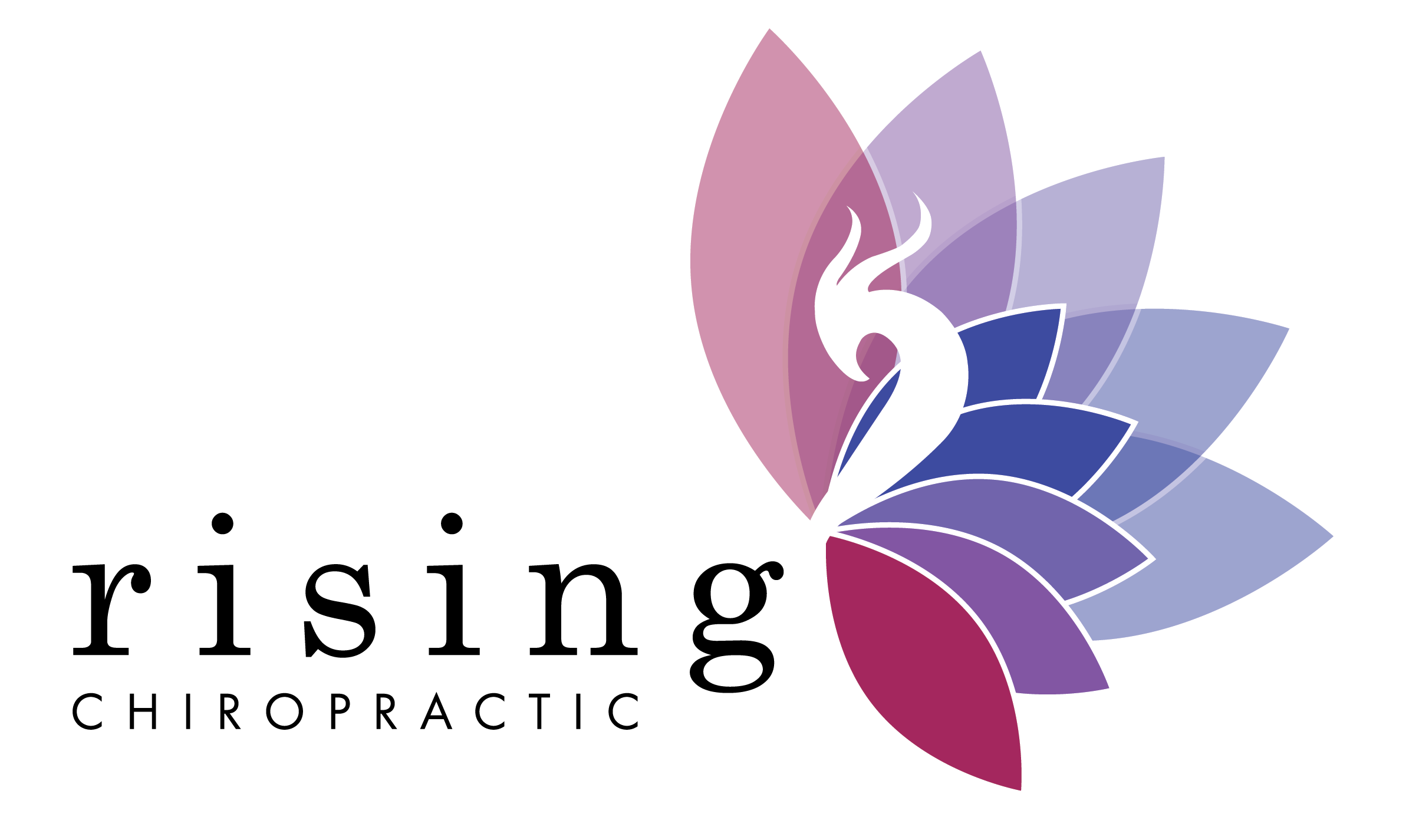Designed & Boosted by My Social State
Phases of Degeneration
Phases of Degeneration
Our spine is designed by nature in a specific way to allow you to move and function without unnecessary limitation, pain, or dis-ease. Unfortunately, our bodies experience stress in daily life—stress which can come from big or little traumas, environmental or food toxins, and even our thoughts and feelings. Over time, these stresses catch up to us, and that once-perfect spine goes out of alignment, causing interference and dysfunction in the nervous system—a condition known as “vertebral subluxation complex” If left unaddressed, the subluxated spine can go through a process of degeneration, which causes the vertebrae to fuse together and keeps the spine from working as it should. This may or may not be painful, but it often leads to decreased participation in activity and overall quality of life.
To better understand what this does to your body, here are the four phases of subluxation degeneration broken down and explained in greater detail.

Near Normal Curve: This image is of a nearly normal cervical spine. The curve is smooth, and the bones have even alignment. The disc height is good, indicating that they can bear the loads we place on our spines on a daily basis. The top bone in the neck, The Atlas, is at the appropriate angle to maintain the right amount of tension on the spinal cord and brainstem. This is a sign of true health.

Phase 1 Degeneration
In the first of the four phases of subluxation degeneration, the normal curve of the spine changes. This does not necessarily mean that there has been any damage to the spine, but it does signify that there is a difference in the disc spaces. Often, there is no pain associated with this phase. However, without specific, corrective chiropractic care, the spine will continue to misalign, which leads into Phase Two of degeneration.

Phase 2 Degeneration
As misalignment continues, the normal curve of the spine is lost, and disc spaces begin to narrow. Range of motion may be limited, and patients can feel stiff or achy. Chiropractic care can help bring back near-normal functions, but the damage done to the discs and bones may be irreversible.

Phase 3 Degeneration
As degeneration progresses into Phase 3, spinal fusion will begin. Disc damage and an abnormal curve can become permanent during this phase, as the degeneration of the spine worsens. Progression can be slowed or stopped with chiropractic care, which can relieve related symptoms.

Phase 4 Degeneration
In the final stage of the four phases of subluxation degeneration, quality and longevity of life is decreased. Bone and neurological damage can be permanent at this point, as the vertebra become fused. Range of motion in the patient can be seriously restricted, which can lead to a number of health issues.
However, not all hope is lost in this stage. Through specific, corrective chiropractic care, patients may experience relief in other areas of the spine. In doing so, balance to the patient’s brain, nervous system and body can delay the need for medication or surgery while still maximizing optimal spine functions. With chiropractic care, you could be able to lessen your pain, improve function, and start enjoying life again.
To experience true correction and begin experiencing optimal health and function, schedule your new practice member appointment at Rising Chiropractic today.
Previous Topic
Next Topic
Info@risingchiropracticevans.com
PHONE
(706) 524-8077
ADDRESS
625 Ponder Place Drive #2
Evans, GA 30809

HOURS
Monday:
9:00 AM - 11:00 AM
3:00 PM - 6:00 PM
Tuesday:
2:00 PM - 6:00 PM
Wednesday:
9:00 AM - 11:00 AM
3:00 PM - 6:00 PM
Thursday:
2:00 PM - 6:00 PM
Fri, Sat, Sun: CLOSED

